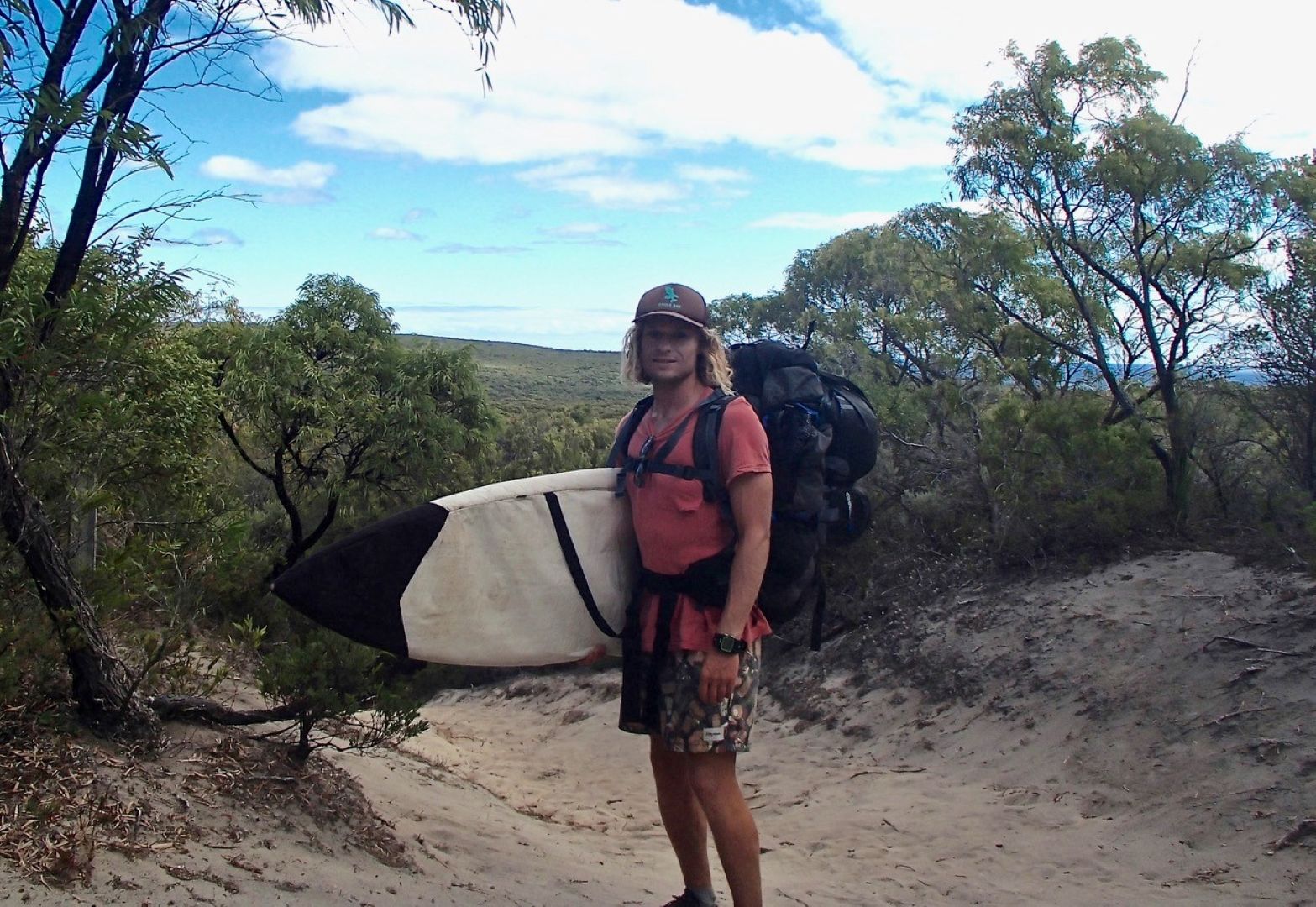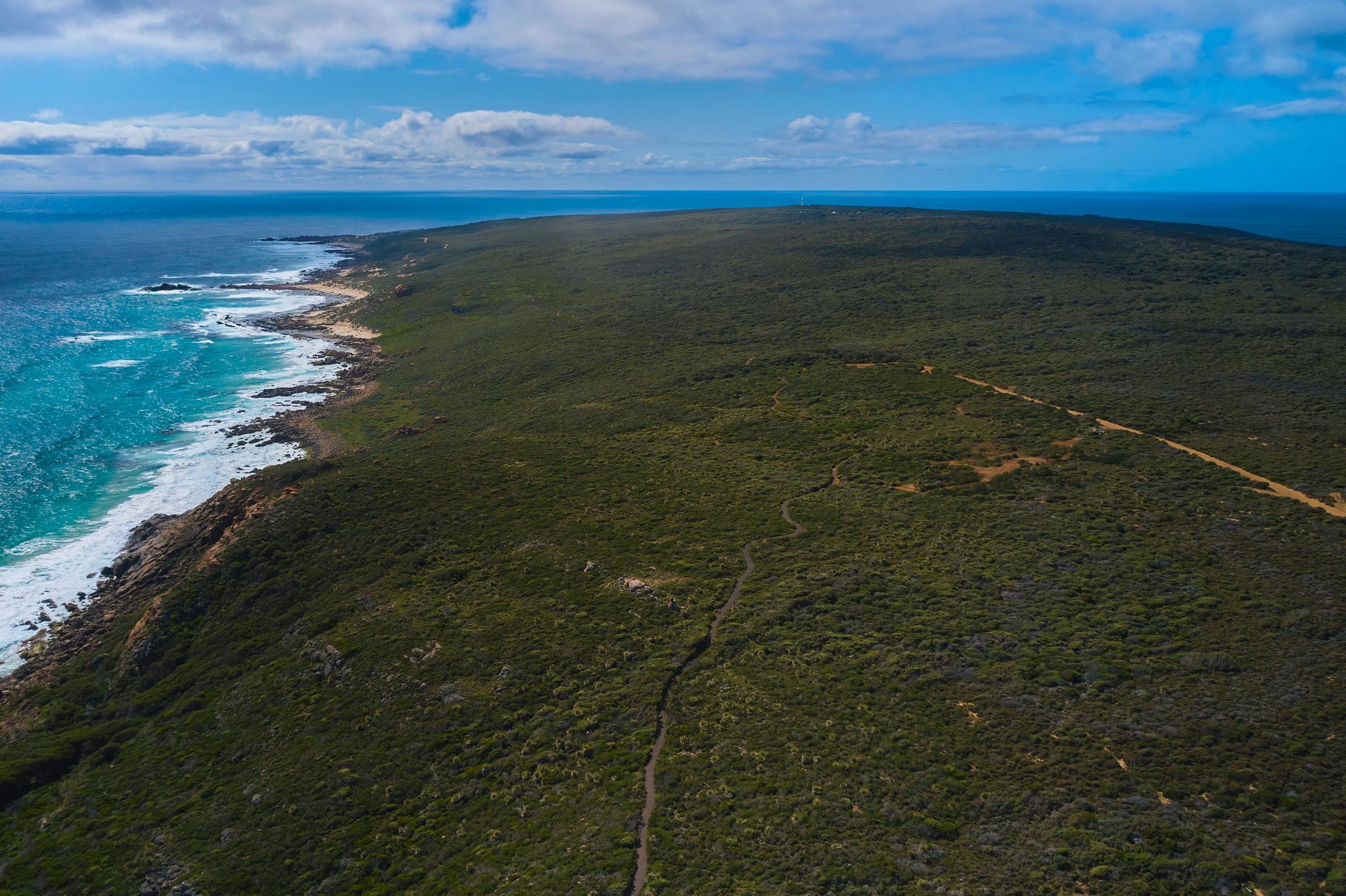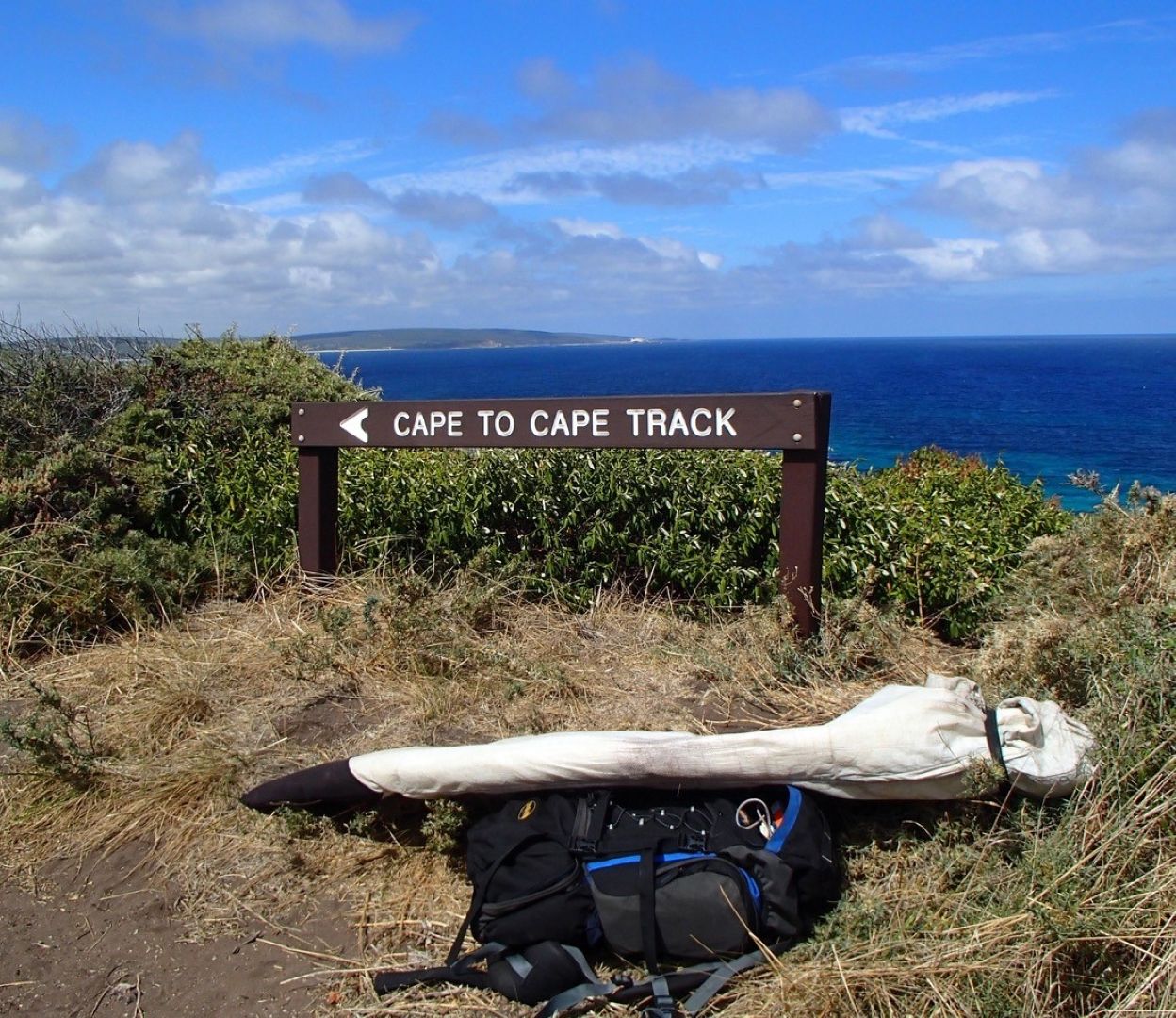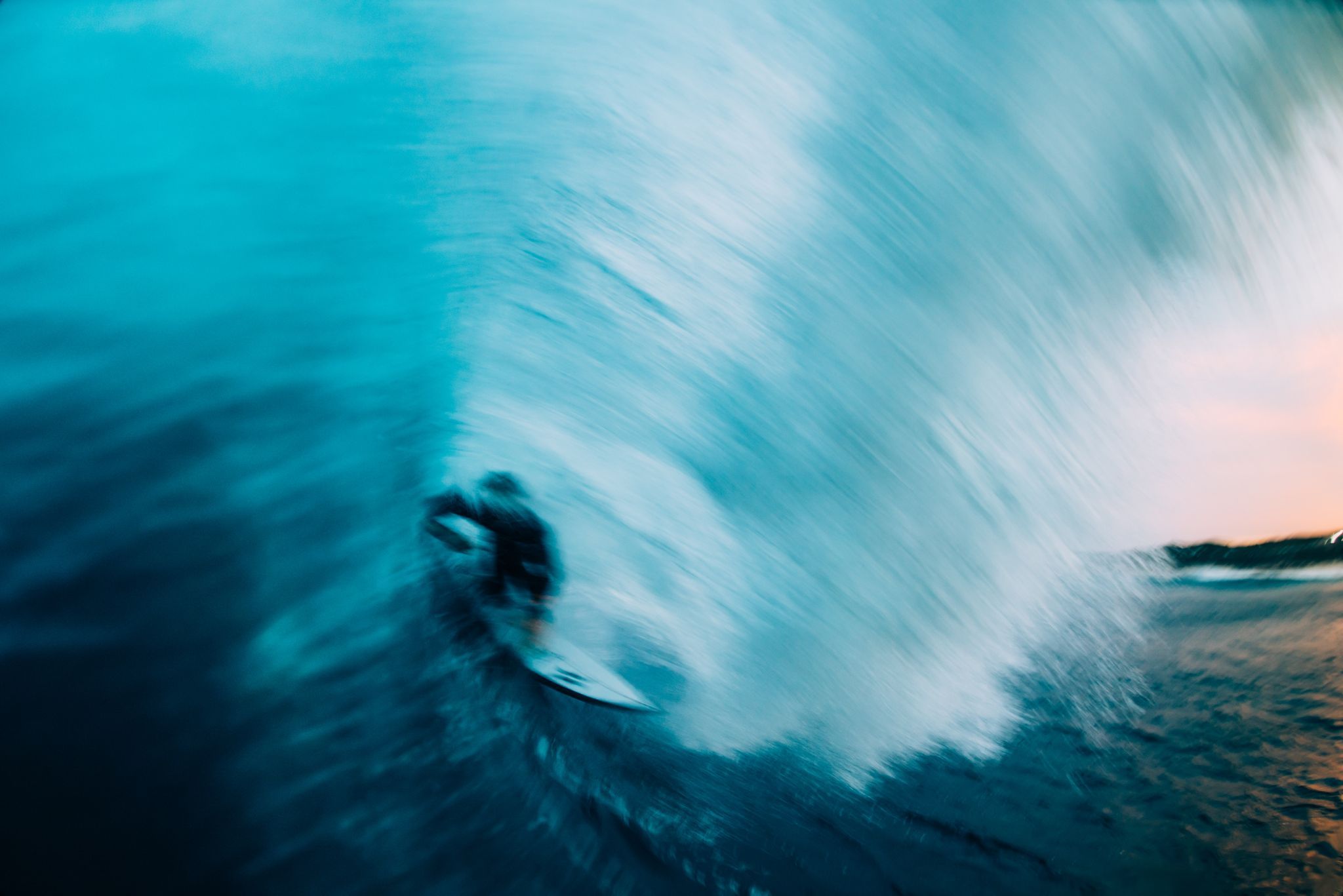‘Skate shoes and a guitar?’ I asked incredulously.
‘A surfboard?’ he counters.
Yet, united we sit.
A pair of worn-out, dusty young men; taking refuge from the midday sun in the narrow shade of a craggy peppermint tree. A long way from our respective homes and further still from the differing motivation for our trips, yet oddly connected, a similar thread of vision and/or stupidity had weaved us into this path. He is travelling south, and I to the North.
I’ve learnt that it doesn’t matter what adventure you undertake, you will invariably meet someone taking a wackier path than you. In this instance, I’ve been usurped by a man who thinks carrying a guitar along the longest coastal trail in Australia, in the middle of a summer heatwave, whilst wearing skate shoes, is an idea worth implementing. My unnamed friend equally baffled as to why anyone would lug along an object as unwieldy as a surfboard.






